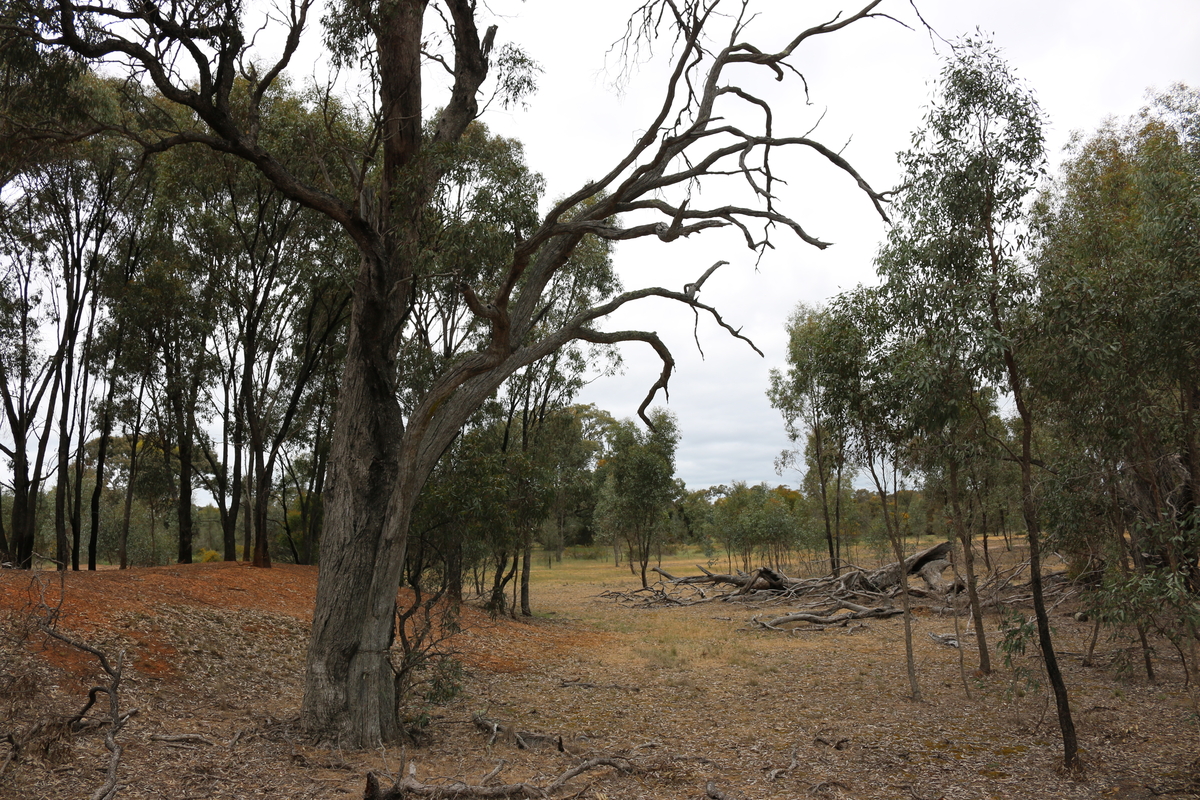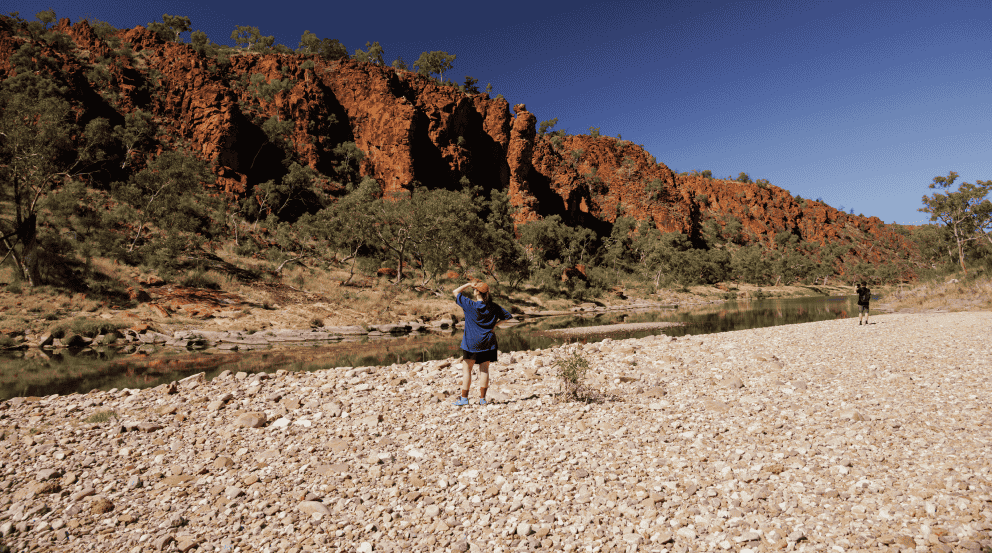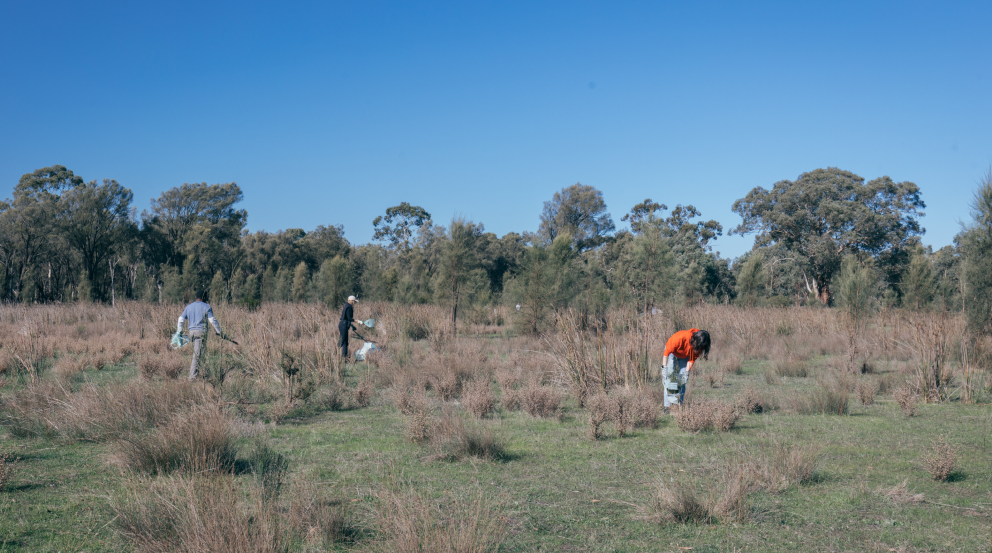With three young boys and a single bathroom, Murray and Bec desperately needed more space. A COVID renovation was the perfect excuse to make their house more sustainable. Enter Bank Australia’s Clean Energy Home Loan.
Systems architect Murray, originally from Scotland, is one of the few people in Melbourne who catches a ferry to work. From his home in Portarlington, on the northern edge of the Bellarine Peninsula, it’s an easy walk down to the pier, then a short boat ride across the bay.
“They started running the ferry about five years ago,” he says. “I’m walking distance from either side, the house and the office, so it’s great. I don’t need to take any other transport.”
The ferry isn’t the only thing that’s changed since Murray and Bec moved into the ramshackle three-bedroom brick veneer home back in 2009. Three boys came along in quick succession, and suddenly that one bathroom was looking mighty small.
The couple decided to undergo a full renovation during COVID, taking the opportunity to add another bedroom, bathroom and living area, along with solar panels, a heat pump hot water system, Tesla battery, induction cooktops and double glazing. The full sustainable shebang.

“Our block is reasonably big,” Murray says, “and not much was happening during COVID, so we thought, ‘Let’s go for it.’
“We decided to keep the original front of the house – it’s a 1960s cream brick veneer – and remodel the inside. We put a new roof on it, a new extension, a second living area, and three bedrooms for the boys.”
Murray had become a Bank Australia customer in 2015 for ethical reasons, so that seemed like the natural choice for a construction loan, too. And with all the energy-efficient upgrades the couple was planning, Murray realised they’d also be good candidates for our Clean Energy Home Loan.
“The major thing, for us, was getting off gas,” he says. “Environmentally, gas isn’t the best thing to use in your house. I knew going electric was best for us, and would give us a more sustainable way of living. It was an easy choice in the end.”
The renovation and installation of the heat pump, solar and battery system were significant up-front costs, but Murray knew they’d pay for themselves eventually. “Power prices are only going one way, and that’s up. We wanted to be able to live without taking too much from the grid.”
The next challenge was coordinating suppliers, getting the gas disconnected and getting the new heat pump, solar and battery system installed. Murray found a local company who supplied the system and helped plan the renovation. They worked out where the solar panels should sit, the best location for the battery, and how the heat pump was going to work. Liaising back and forth with the builder, Murray found the whole process ran pretty smoothly.
“We were lucky with timing, in a way,” Murray says. “By the time we got the Tesla battery in, all of a sudden there was a backlog. Everyone wanted one!”

When the family moved into the new property, they noticed the change immediately. And not just the second bathroom. For two quarters, Murray and Bec didn’t receive an energy bill. In fact, they were generating so much power from the solar panels, and feeding so much back into the grid, that the energy company owed them money.
“It covers the surcharge plus more,” Murray says. “I wouldn’t be surprised if my total energy bill for the year was less than $300.”
Murray says the up-front cost and hassle can discourage some people from making the switch from gas, but the process isn’t really that onerous, or expensive. Especially when you factor in the long-term savings of solar and battery storage.
“If you’re thinking about it, I say just go for it,” he says. “The cost might be off-putting, but you have to look to the future. People say the payback’s 10 years, but the way power bills are going, I think my system will pay itself back in half that time.”
Join Murray and Bec in getting off gas: see if you’re eligible for a Clean Energy Home Loan.
For more tips, explore simple ways to make your home more energy efficient.








